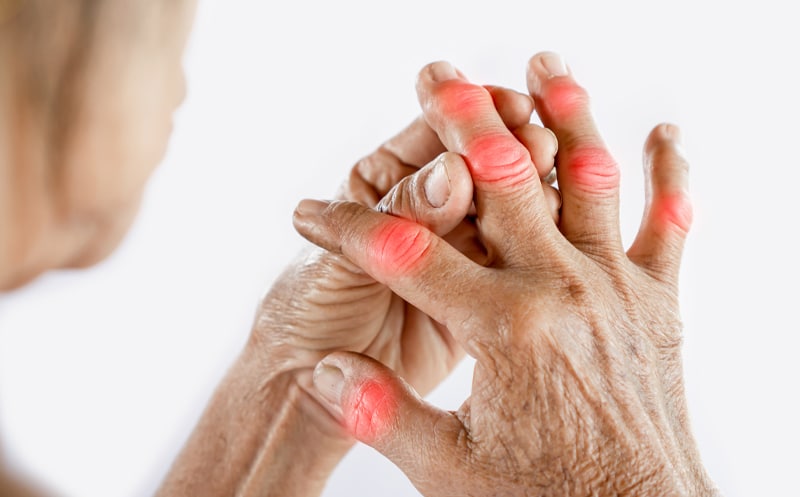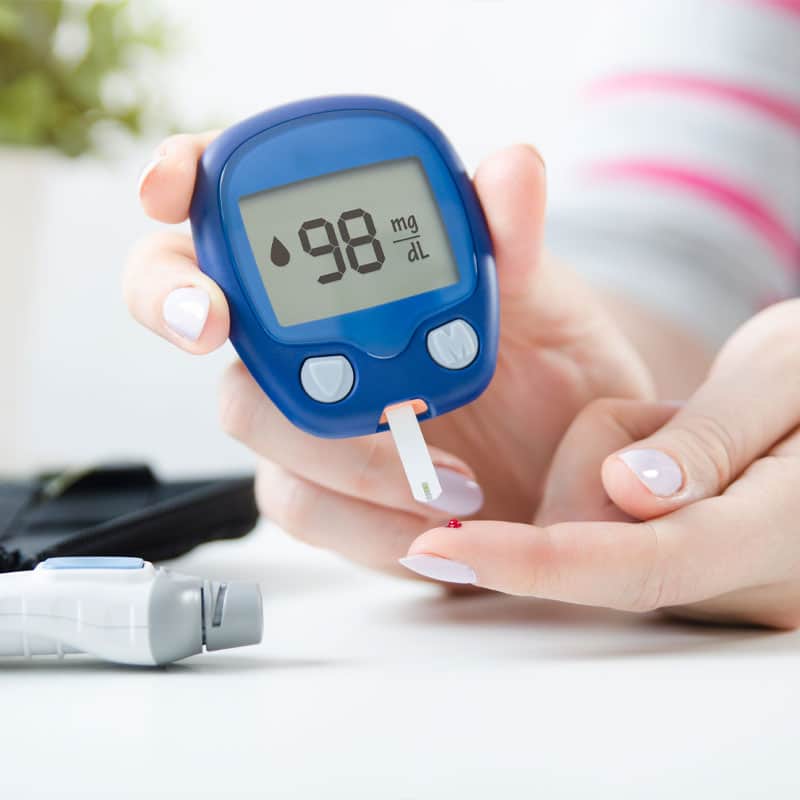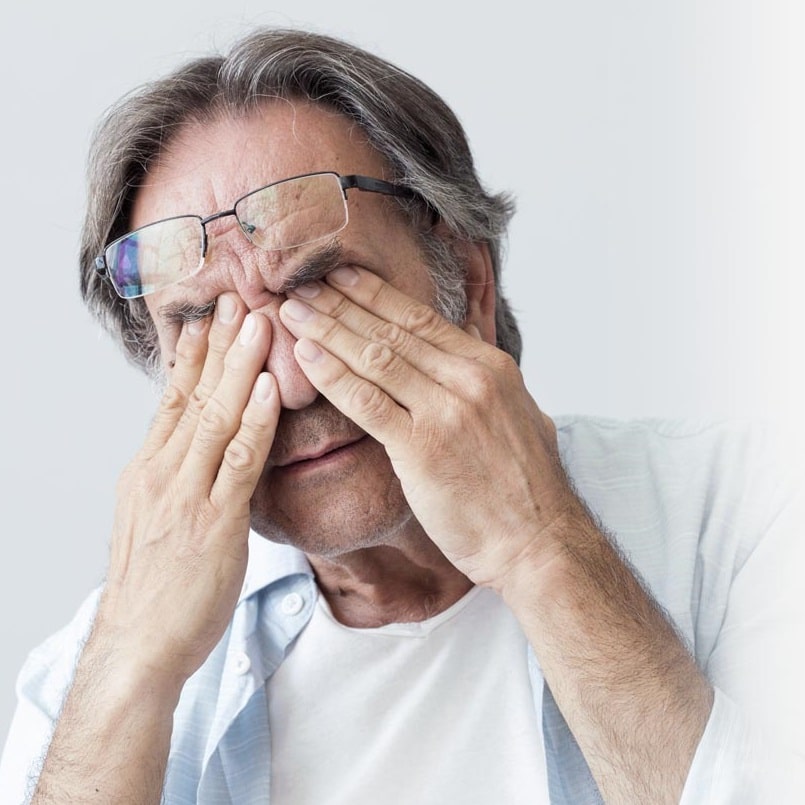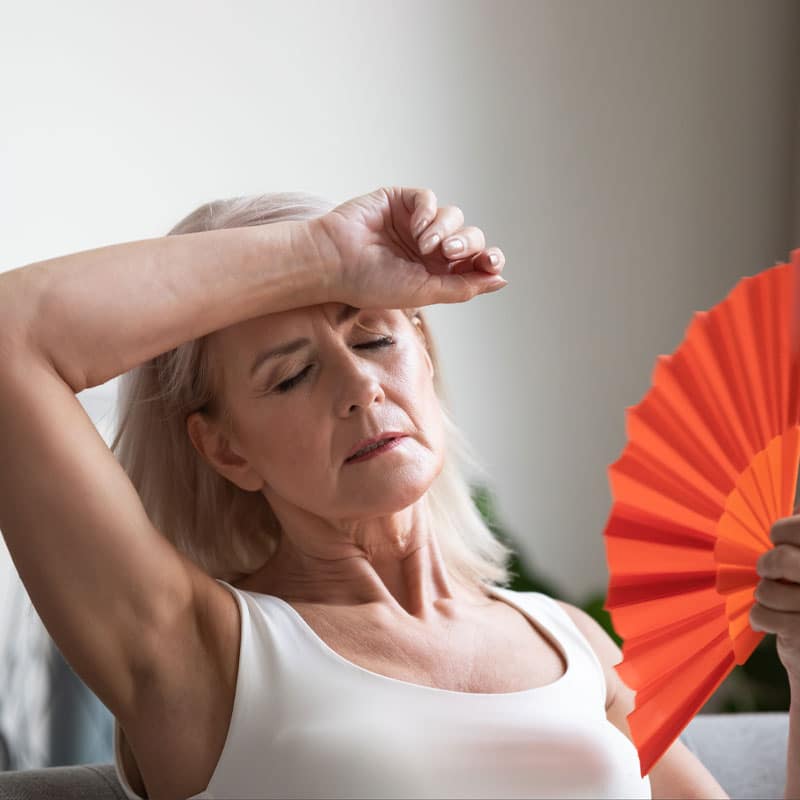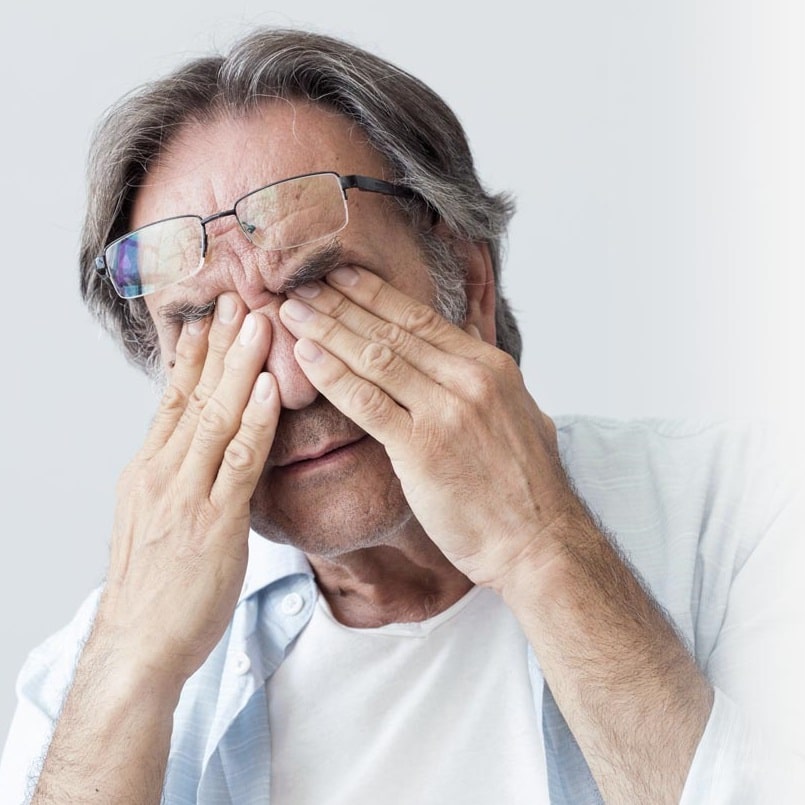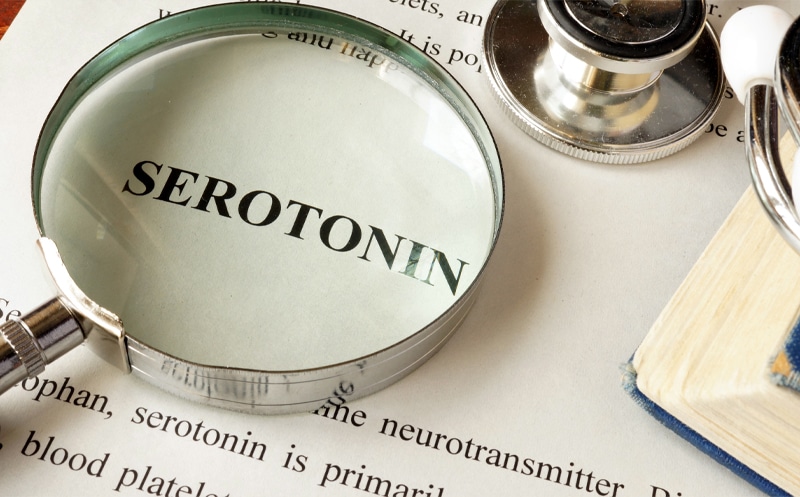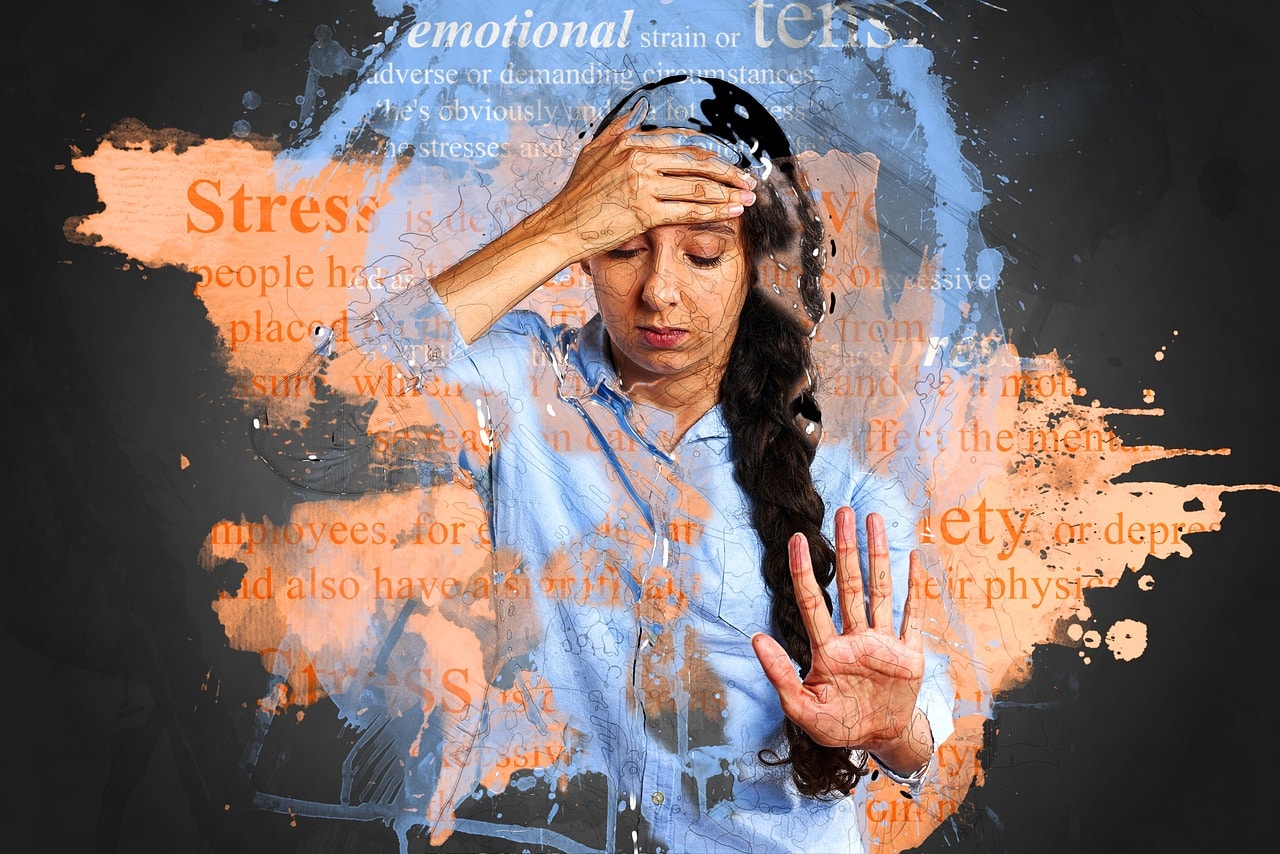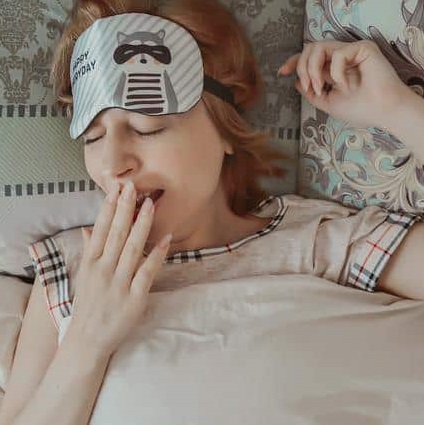A sleep disorder is a condition that changes how you sleep. Sleep disorders affect your mental health, your physical health, your safety, and your overall quality of life. Some of the most common signs of a sleep disorder include daytime sleepiness, irregular sleep and wake patterns, difficulty going to sleep or staying asleep, and irregular movement or breathing during sleep.
Below are five common types of sleep disorders.
Sleep Apnea
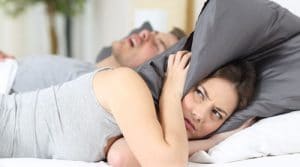
Sleep apnea is a sleep disorder that causes the sufferer to stop and start breathing throughout the night. There are three types of sleep apnea – obstructive sleep apneas, central sleep apnea, and complex sleep apnea. Each type of sleep apnea prevents you from getting a full night’s sleep. A person typically snores loudly and wake ups feeling tired even after sleeping for seven to nine hours.
Approximately 22 million Americans have sleep apnea. The symptoms of sleep apnea include episodes of stopping and starting breathing, loud snoring, gasping for air, dry mouth, morning headaches, difficulty staying asleep, daytime sleepiness, concentration difficulties, and irritability.
- Obstructive Sleep Apnea – This is the most common form of sleep apnea. With obstructive sleep apnea, throat muscles relax in excessive and close the airway.
- Central Sleep Apnea – In the case of central sleep apnea, the brain fails to send signals to the muscles that control breathing.
- Complex Sleep Apnea – Here a person suffers with a combination of both obstructive sleep apnea and central sleep apnea.
Sleep Walking
Sleep walking is a behavioral disorder that involves much more than just walking around while asleep. A person often exhibits complex behaviors while asleep. This sleep disorder is more commonly experienced by children than adults. With a family history of sleep walking, the risk of a person also sleep walking increases.
Sleep walking is referred to as parasomnia, which is an abnormal behavior that occurs between sleep and wakefulness. Sleep walking occurs during Non-REM sleep, typically in the third stage (deep sleep) of the sleep cycles. Other parasomnias include sleep talking, where the individual will carry on a conversation in their sleep.
The symptoms of sleep walking include the individual performing various tasks, either simple or complex while asleep. Generally eyes are open but glassy, and the person exhibits a blank expression. S/he will be minimally responsive with speech incoherent.
Exploding Head Syndrome
Exploding head syndrome is a sleep disorder whereby a person imagines hearing a loud noise going off in their head right before they go to sleep or as they wake up. Typically, the sound is described as a violent explosion, a clash of symbols, a loud bang or the sound of a bomb exploding.
Symptoms cause tremendous distress and a feeling of having a stroke. Sometimes, a sufferer can have multiple attacks throughout the night. These attacks may continue for several nights or weeks can go by in between attacks.
In addition to hearing loud sounds, sufferers can experience muscle twitches, jerking, a sudden stabbing pain in the head, or a flash of light. The exact cause of exploding head syndrome remains unknown. These episodes often occur when the sufferer is extremely tired or under a great deal of stress.
Sleep Paralysis

Sleep paralysis affects around 7.5 percent of the American population. Students (28.3 percent), psychiatric patients (31.9 percent), and patients with panic disorder (34.6 percent) report sleep paralysis. Sleep paralysis is defined as the temporary inability to move right before falling asleep or waking up. Oftentimes, the person will feel like s/he is suffocating or hallucinating.
The hallucinations experienced during sleep paralysis typically fall into one of three categories. Each one bothersome and frightening. These hallucinations last between a few seconds to up to 20 minutes. Typically, the episode lasts between six and seven minutes.
- Intruder hallucinations – the sufferer believes a dangerous person or presence is in the room.
- Chest pressure hallucinations – the sufferer feels like they are being suffocated. This sensation often occurs along with an intruder hallucination.
- Vestibular motor hallucinations – the person experiences an out of body experience such as flying.
REM Sleep Disorder
REM sleep behavior disorder involves acting out vivid dreams while sleeping. Typically, the individual will have a dream filled with action, which can become violent. In the beginning, the sufferer may have mild activity; however, the episodes will increase in violence. At some point, an injury is likely to occur either to the dreamer or bed partner.
Some of the behaviors that may occur during REM sleep disorder include:
- Flailing
- Grasping
- Jumping
- Kicking
- Punching
- Shouting
- Swearing
- Swinging
The dreams associated with REM sleep disorder are not always violent or scary. An individual may be dreaming of playing a game of tennis, dives to swing at the ball, and either falls out of bed or inadvertently strikes their partner. REM sleep behavior disorder does not cause a person to leave the room, walk, or open his or her eyes. Individuals do not eat, drink, have sex, or go to the bathroom during sleep. REM sleep behavior disorder typically does not cause the sufferer to lose sleep or experience daytime sleepiness. The individual’s bed partner takes the brunt of the sleep disruption.
When To See a Sleep Doctor
If you believe you are suffering from any of the sleep disorders, you should schedule an appointment with one of our functional medicine doctors. Our team of sleep specialists will work with you to create a customized treatment plan to help you sleep well and stay asleep. Contact our integrative medical providers today and learn how to overcome your sleep disorders.





